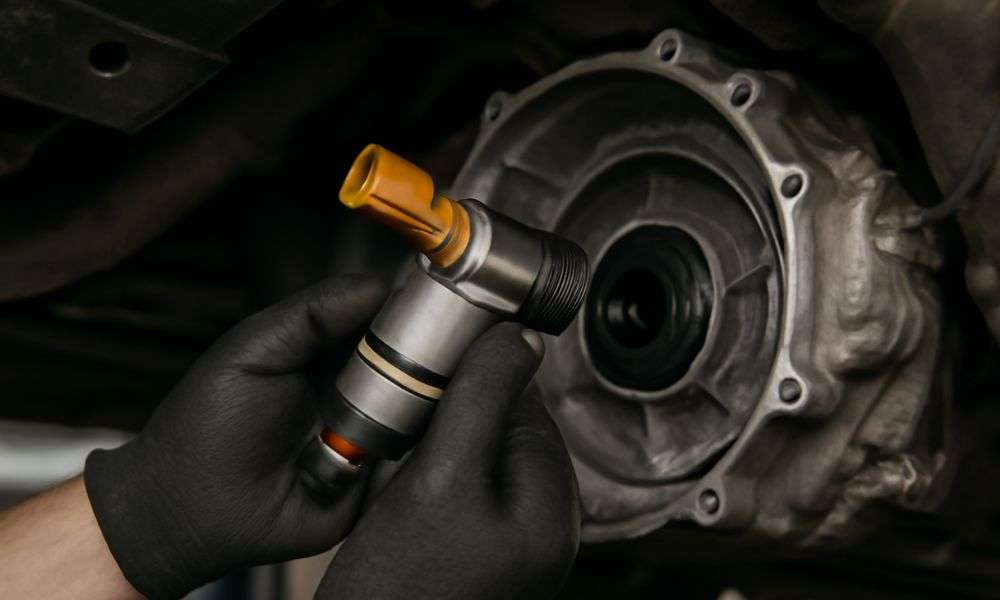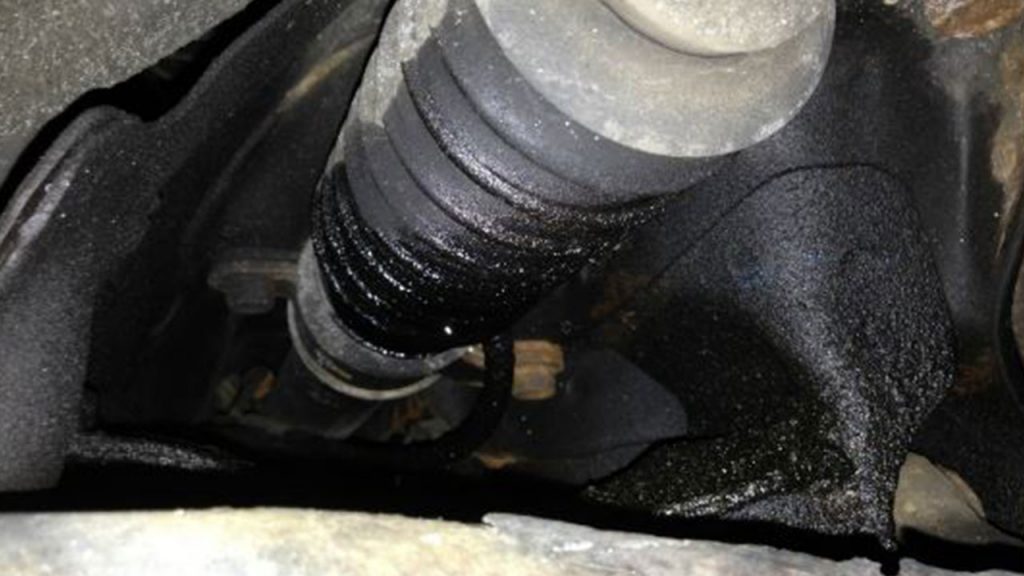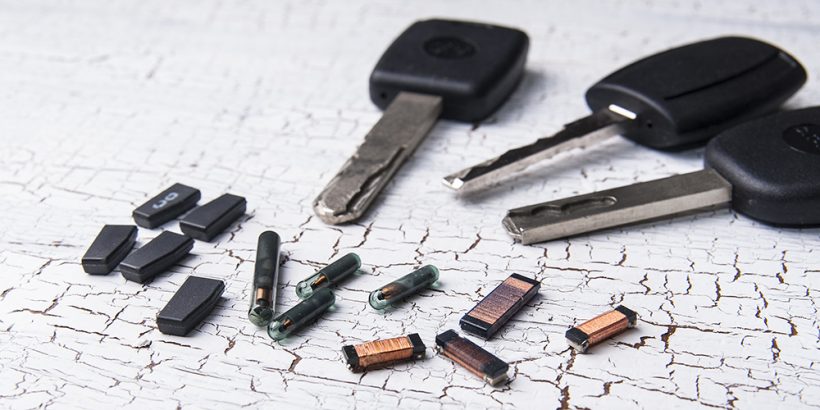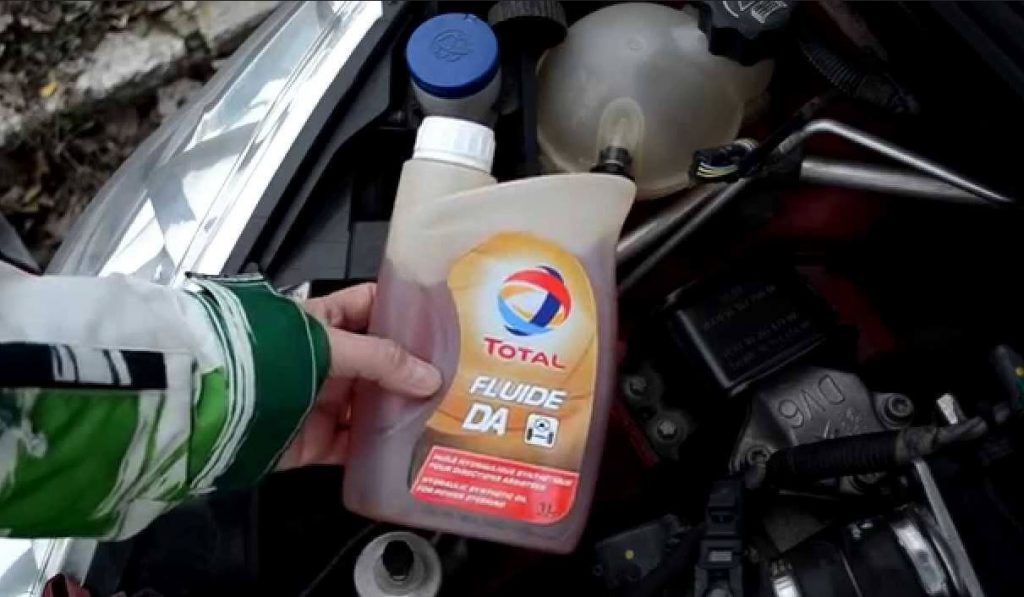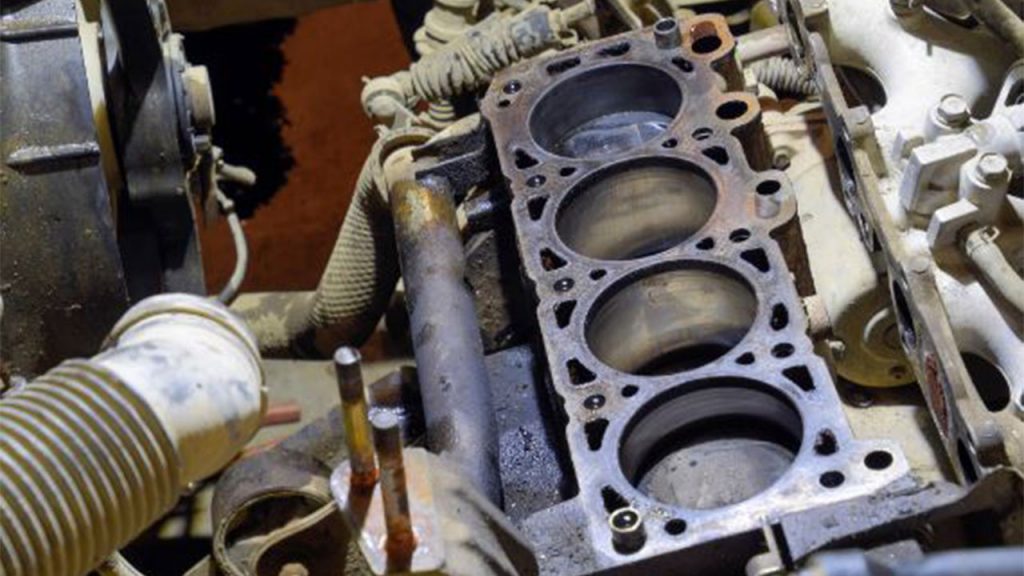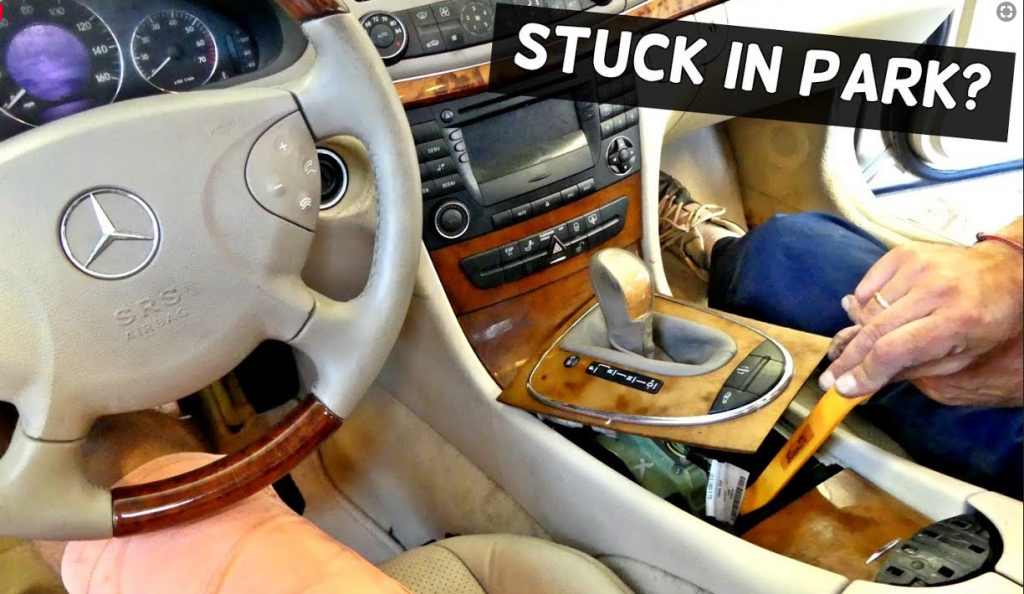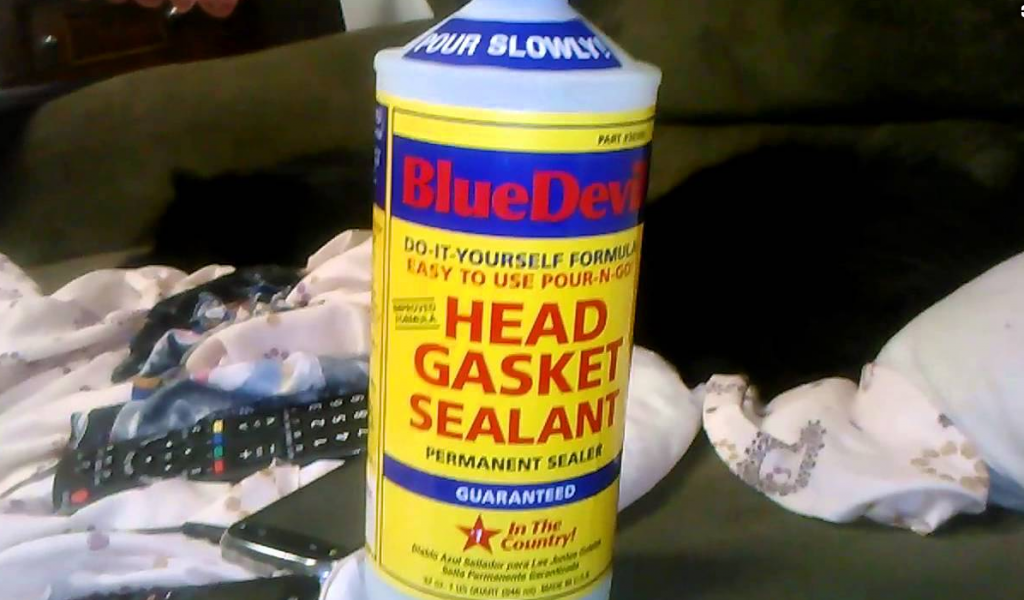When your car starts to experience problems with the transmission, it is easy to dismiss small parts such as the transmission seals. One such component is the easily overlooked torque converter clutch solenoid, which has a significant impact on how your car shifts and drives. Think of it as the unsung hero of your car’s drivetrain; it quietly does its job without any fuss or muss. But when it fails? That’s when the trouble begins. From hard shifts to slipping gears and everything in between, a defective solenoid will cause havoc on your ride.
Let’s jump right in and dissect how to replace this vital part, the symptoms of failure, the costs you could face, and all the details you need.
Torque Converter Clutch Solenoid Replacement Cost
The cost of having a torque converter clutch solenoid professionally replaced may be upwards of $1,000. The answer can vary depending on a few things, like the make and model of your vehicle, the quality of the part that you use, and, of course, labor costs. Mechanics can be costly, and with the cost of labor, depending on your car, the job may prove to be time-consuming, as getting to the solenoid might involve taking part of the transmission apart. Some cars are designed to be easy; others have you take a hacksaw and blade out the pipe of doom.
That makes it smart to shop around, get quotes from different shops and stores to make sure you aren’t overpaying. And don’t forget, you can probably save a few bucks by going aftermarket on your solenoids, but make sure they meet the same standards as the original part or you risk making room for additional headaches later.
Torque Converter Clutch Solenoid Circuit
The torque converter clutch solenoid is not idle. It’s working, monitoring how the transmission fluid is flowing and when to lock up the torque converter. It’s an electronically controlled device, so it is a part of a complex circuit. This is the circuit that links your solenoid to your car’s modulator. When a signal is sent by the ECU in your car, the solenoid activates to manage fluid pressure, and this locks up the converter.
And the littlest hiccup in that system, a kinked cable or interrupted current, would send your transmission into convulsions. “(Diagnosing problems) usually entails connecting a diagnostic scanner to read error codes and identify the culprit, at which point you must give the solenoid circuit a once-over if you have issues.”
Location of the Torque Converter Clutch Solenoid (P0741)
The P0741 trouble code is one of the most frequent problems associated with the torque converter clutch solenoid. If you get this code popping up, it is most likely that the solenoid or circuit is having some problems. So, where is it located? Well, it varies depending on the make of your car. Generally, the solenoid is in the transmission housing behind the fluid pan or on the side of the torque converter.
On some vehicles, you might be able to access it just by removing a few panels, but on others, it could involve more work, like yanking out the transmission itself. Check your vehicle’s repair manual or consult a good mechanic to find out exactly where it’s hiding. Location, location is the name of the game when replacing or diagnosing this problematic solenoid.
What Is A Torque Converter Clutch Solenoid
Anyway, now let’s zoom in on what this component actually does. The torque converter clutch solenoid controls the fluid between the locked and unlocked positions of the torque converter. It regulates the hydraulic pressure to ensure that when it’s on, the torque converter is locked. This ensures that there is a solid connection between your engine and the wheels with no slippage. This straight power transference is essential for the reduction of fuel consumption and a more fluid gearshift. Without a functioning solenoid, your car’s transmission won’t behave normally> rough shifting or sluggish acceleration (or even ruin itself!) It’s like a crappy dance partner: the engine wants to go, but the transmission just can’t match its pace.
Torque Converter Solenoid Symptoms
So, what are the symptoms of a bad solenoid? There are some pretty straightforward signs. The most obvious is going to be your erratic or rough shifting. Your car can stutter or lurch when it is shifting gears. Another telltale symptom is one of an engine that revs like it should, just not at the right speed. You can also be surprised by poor fuel economy if the solenoid isn’t locking the torque converter, your engine is under additional load and may be drinking fuel.
If your solenoid is toast, you may also get a “Check Engine” light and a P0741 error code. Don’t ignore it! Transmission overheating, which occurs when liquid doesn’t flow through the system well, may also occur. The sooner you nip these symptoms in the bud, the better off your transmission will be going forward.
Torque Converter Clutch Solenoid
The torque clutch converter solenoid is very important; it’s what makes the torque converter run smoothly. When engaged, it joins the engine to the transmission, and when disengaged, it separates the two so your wheels can rotate independently. But once it starts to fail, the entire process goes haywire, and you might encounter delayed shifting, slipping or even acceleration issues when driving. If this is a recurrence, perhaps it’s time to consider replacing the solenoid so that you can once again get everything back in gear.
Torque Converter Replacement
If the torque converter clutch solenoid is not the issue, and there are other signs of transmission failure, a full torque converter replacement might be necessary. A faulty torque converter can result in similar symptoms, such as slipping or erratic shifting. Replacing the torque converter is a more involved process that requires the removal of the transmission from the vehicle. It is crucial to replace a faulty torque converter with an OEM (Original Equipment Manufacturer) part to maintain the vehicle’s performance and reliability. While this is a more costly repair compared to solenoid replacement, it may be the only solution for more severe transmission issues.
What If the Torque Converter Clutch Solenoid Is Not the Issue?
But what if the TCCS is not the cause of your problem? With the solenoid ruled out and symptoms of transmission issues persist, a replacement of the entire torque converter may be necessary. If it’s the torque converter itself that’s bad, you’ll experience similar symptoms, such as slipping and poor shifting, to name a couple, and obviously an all-around unpleasant drive balls-to-walls.
The torque converter itself is a bigger job, which involves removing the transmission. It’s not as simple as replacing the solenoid, and it’s more costly to repair. But if the problem runs deeper than the solenoid, this could be your best option. For your car to be in top condition, insist on using OEM (Original Equipment Manufacturer) parts.
Conclusion
So, changing the torque converter clutch solenoid isn’t just a small job; it’s also essential to help your transmission run as well as it possibly can. If you know the symptoms of a bad solenoid, and that the ZWO is where it is fitted, and how much they cost, then this will help you to fix it. If you’re handy with a wrench, this is probably within your wheelhouse, but doing it the wrong way will lead to more transmission problems.
Whether you’re taking on a more challenging repair, such as replacing the solenoid or swapping out the torque converter, prompt measures and routine maintenance can help your vehicle run like new. Don’t let the little things add up to big headaches. Pick up a TransGo 4T65E-HD2 Reprogramming Kit and keep your transmission in top condition.

